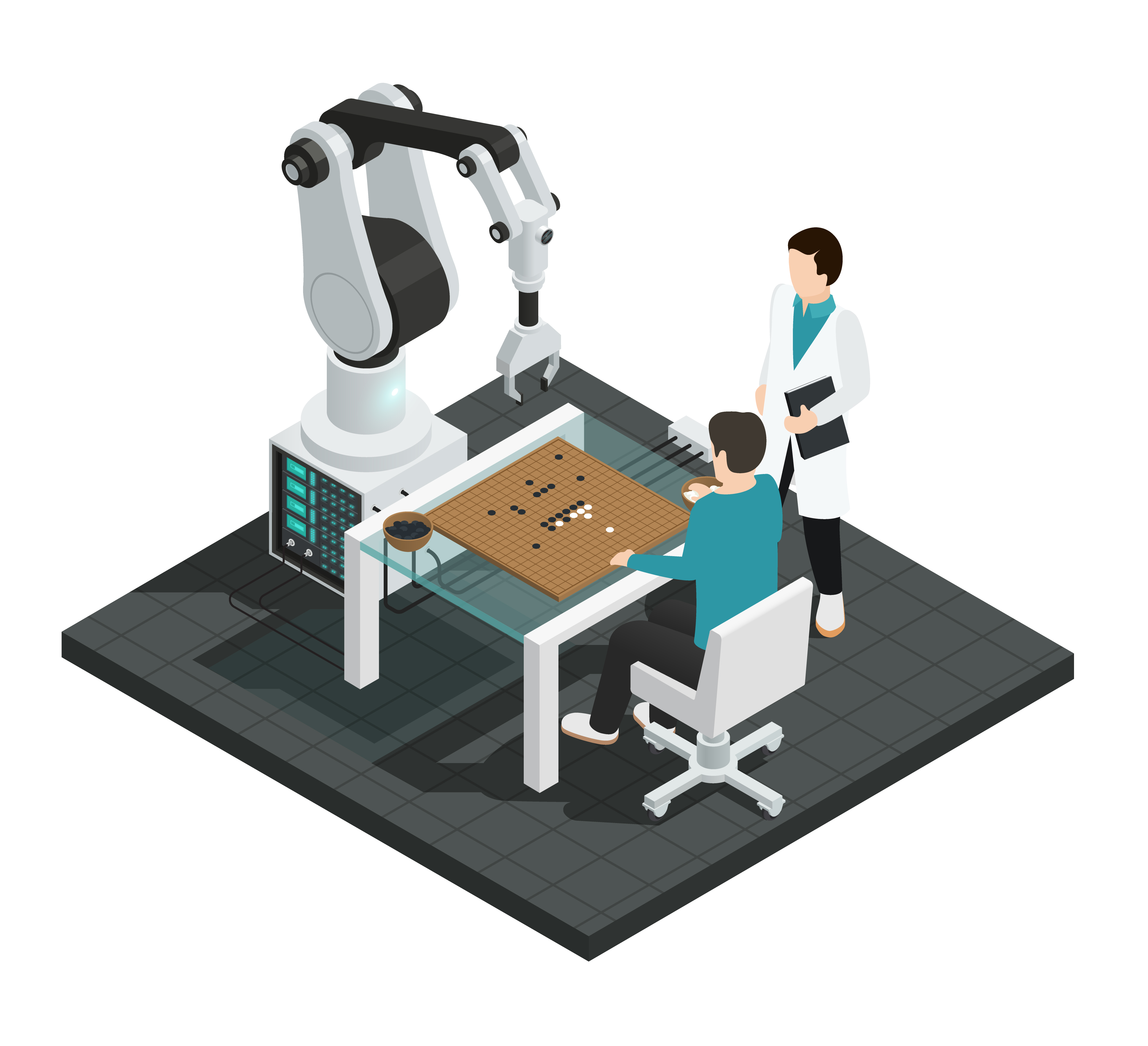 Press Releases That Rank – Boost Authority & Brand Trust Fast!
Press Releases That Rank – Boost Authority & Brand Trust Fast!
Testing Gets Smart: A Look at Autonomous Testing
Written by Sales Technology » Updated on: June 17th, 2025 394 views

Remember those days of painstakingly testing software by hand? Today's automated testing tools are a far cry from the past, but what if testing could evolve even further? Autonomous testing, powered by AI and machine learning (ML), is poised to transform the way we ensure software quality.
Say Hello to Self-Driving Tests
Imagine a world where testing runs on autopilot. Autonomous testing does just that. It leverages AI and ML algorithms to automate the entire testing process, from designing test cases to running them and analyzing the results. No human intervention required! These intelligent systems can learn app behavior, create tests, identify glitches, and even adapt to changes – all on their own.
Under the Hood of Autonomous Testing
So, how does this self-driving testing work? Here's a peek:
AI on Test Duty: Autonomous testing tools use ML algorithms to analyze an application's structure and functionality. Based on this analysis, they automatically generate a comprehensive suite of test cases. This eliminates the time-consuming task of manually writing test scripts, freeing up QA engineers for more strategic work.
Healing Power for Tests: Traditional automation scripts can become brittle, breaking when the application changes. Autonomous testing is different. These AI-powered tools can identify and adjust to code or behavior changes. They can automatically fix tests that break due to updates, ensuring continuous testing coverage.
Predicting the Future (of Bugs): By analyzing past test data and results, autonomous systems can predict potential problems and prioritize testing efforts on high-risk areas. This proactive approach helps developers nip bugs in the bud before they cause bigger issues.
The Allure of Autonomous Testing
Why get excited about autonomous testing? Here are some key benefits:
Turbocharged Efficiency: Imagine QA engineers freed from repetitive testing tasks. Autonomous testing allows them to focus on more strategic activities like designing test strategies and analyzing complex issues.
Testing on Steroids: AI can generate a wider variety of test cases than manual approaches, leading to more thorough testing. Think of edge cases and scenarios you might have missed before!
Faster Releases, Happier Customers: With quicker testing cycles, businesses can deliver software updates faster. This translates to happier customers who benefit from new features and bug fixes sooner.
Cost Savings Galore: Autonomous testing can significantly reduce the time and resources needed for software testing. This translates to cost savings that businesses can reinvest in other areas.
Is Autonomous Testing Ready for Prime Time?
While autonomous testing holds immense promise, it's still taking flight. Current tools require some human oversight, particularly when it comes to defining testing goals and interpreting complex results. However, as AI and ML continue to develop, autonomous testing has the potential to revolutionize software development.
The Road Ahead for Testing
The future of testing lies in collaboration between humans and machines. Autonomous testing tools will work alongside human testers, handling the mundane tasks and allowing humans to focus on the bigger picture. As this technology matures, we can expect to see a future where software development is faster, more efficient, and delivers higher-quality products.
Is Autonomous Testing Ready for Takeoff?
While autonomous testing is a promising technology, it's still in its early stages. Current tools require some level of human oversight, especially when it comes to setting testing goals and interpreting results. However, as AI and ML continue to develop, autonomous testing has the potential to revolutionize the software development landscape.
The Future of Testing
The future of testing belongs to human-machine collaboration. Autonomous testing tools will augment human testers, freeing them from mundane tasks and allowing them to focus on higher-level aspects of quality assurance. As this technology matures, we can expect to see faster, more efficient, and more reliable software development processes.
Note: IndiBlogHub features both user-submitted and editorial content. We do not verify third-party contributions. Read our Disclaimer and Privacy Policyfor details.
Copyright © 2019-2025 IndiBlogHub.com. All rights reserved. Hosted on DigitalOcean for fast, reliable performance.

















